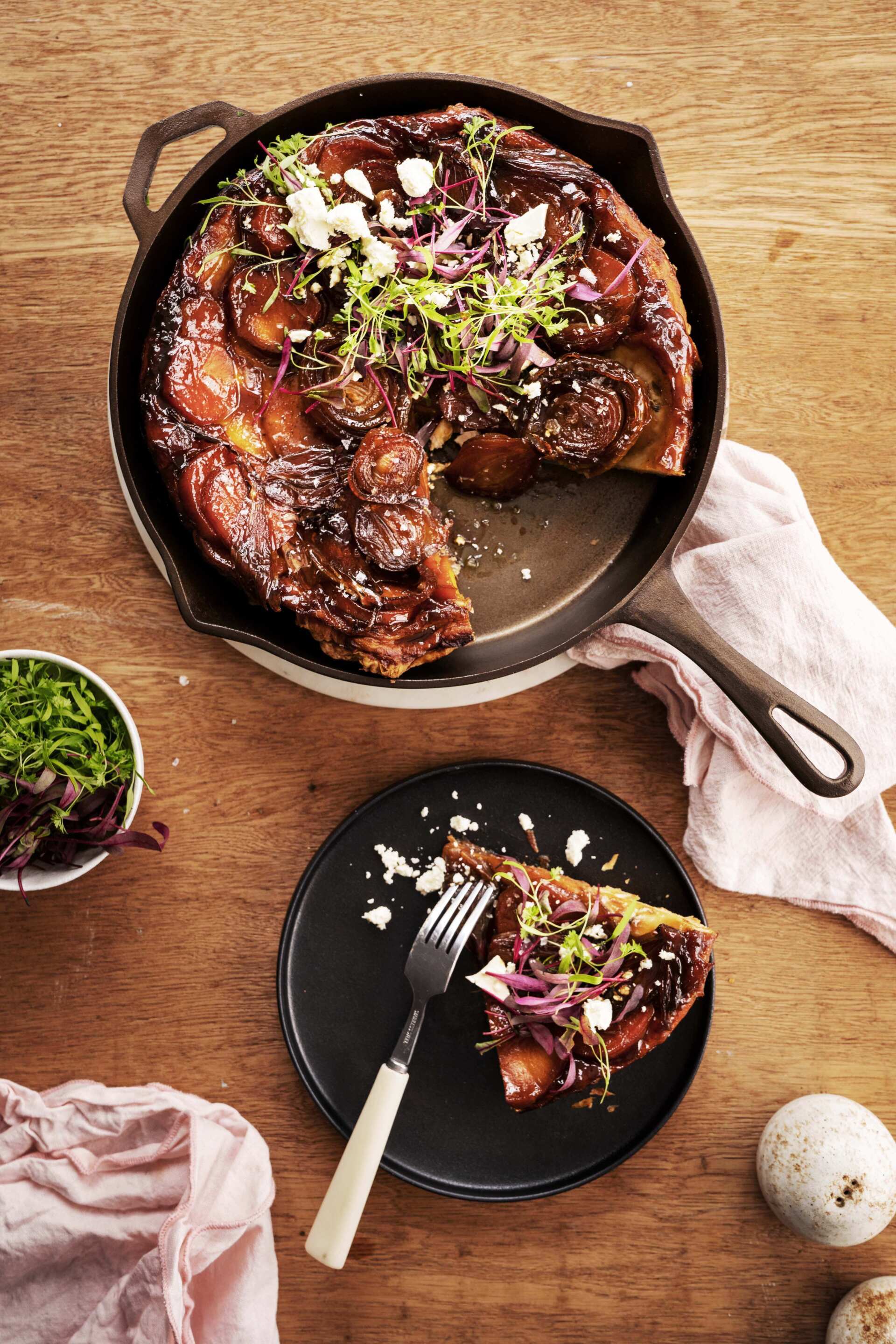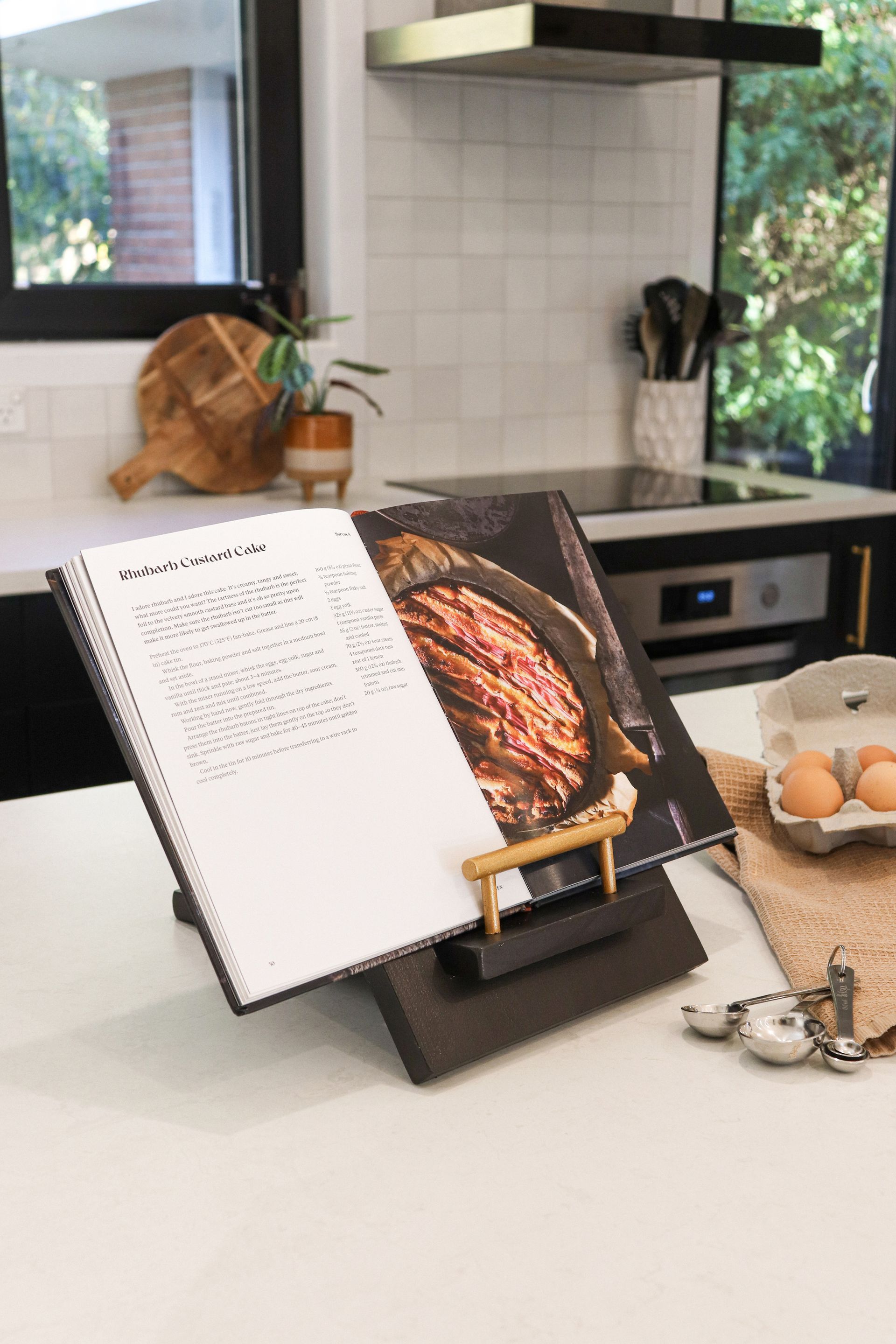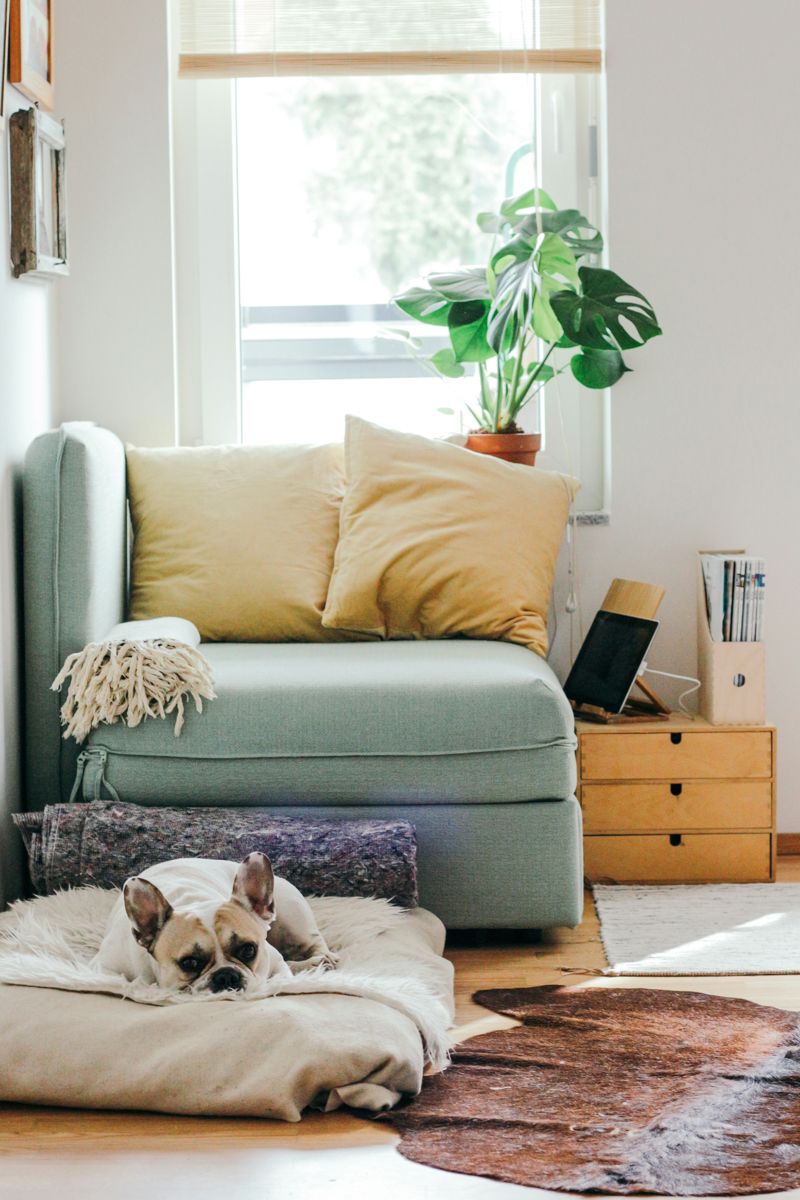Designed to do the heavy lifting for you, we put the Ironclad Co. cookware range to the test to inspire and delight your taste buds for the entertaining season ahead!
Cast and poured here in Aotearoa New Zealand since 2019 the Ironclad Co. is a small local business garnering a global community of people who care about the food they eat and how they cook it. Ironclad’s cookware range has been designed to last for generations (literally) and their pans are beautiful to cook in. They bring the heat, making them perfect for searing, stewing, glazing and baking. I am obsessed with pulling these hunks of iron excellence out for any, and all, meals!
To show off the cookware range’s versatility I’ve opted for a menu perfect for alfresco dining and entertaining. A showstopper onion and kūmara tarte tatin for entrée; a nostalgic pineapple and cherry-glazed ham for main course with duck fat potatoes and salsa verde for some side action; and to finish, my Lolly s’more and choc chip skillet cookies – ’cause why can’t we have our cake and eat it too!
For those seeking some bring-a-plate inspiration I have you covered with a family-size cheese scone bread to add to the lunch table or to be pulled out for a delicious Christmas morning breakfast. Yumbles!
Savoury Tarte Tatin: Kūmara, Onion & Feta
Serves 6–8 Prep 30 minutes
cooking 60 minutes

150 g onions, peeled and cut into 2 cm thick slices (I used shallots and brown onions)
2 sheets all-butter store-bought puff pastry, thawed
plain flour for dusting
½ cup (110 g) caster sugar
¼ cup (60 ml) water
2 tbsp sherry vinegar
50 g butter
½ tsp ground white pepper
1 medium-size orange kūmara, peeled and sliced 5 mm thin
1 tbsp thyme leaves, plus extra to serve
crumbled marinated feta and baby herbs to serve
Preheat oven to 200°C.
Place onions in a heatproof bowl and cover with a kettle of just boiled water. Stand for 10 minutes. Then drain well to dry.
On a lightly floured work surface, place both pieces of pastry on top of each other. Use a rolling pin to roll out to a 30 cm rough square. Transfer to a tray and chill until required.
Place sugar and water in an Ironclad Legacy Pan over medium heat. Cook, swirling constantly, until sugar dissolves. Increase heat to high and leave to cook without disturbing for 5 minutes or until it turns into a golden caramel. Remove from heat and carefully (as mixture will sizzle) add vinegar, butter and pepper.
Return to the boil and swirl to combine. Carefully arrange onions and kūmara over hot caramel so they are tightly packed, scatter with thyme and place the pastry over the top, tucking and trimming the edges where necessary.
Bake for 1 hour, covering with foil halfway to prevent burning or until pastry is cooked through and caramel is bubbling. Stand for 10 minutes then place a flat plate over the top of the pan. Carefully invert tart and return to pan, to keep warm. Scatter with feta and baby herbs. Slice and serve.
Duck Fat Potatoes with Salsa Verde
Serves 8 as a side
Prep 15 cooking 1
hour 20 minutes
1 kg all-rounder potatoes, quartered
1 chicken stock cube
1 tsp celery salt
200 g duck fat
flaky sea salt and chopped rosemary to serve
Salsa Verde
1 bunch parsley, leaves picked, finely chopped
1 bunch dill, finely chopped
3 anchovies in oil, finely chopped
2 tbsp capers, finely chopped
finely grated zest and juice of 1 lemon
1 tsp Dijon mustard
1 tbsp sherry vinegar
1/3 cup (80 ml) extra virgin olive oil
For the salsa verde combine all ingredients and season to taste.
For the duck fat potatoes, place potatoes, stock cube and celery salt in an Ironclad Dutch Oven and cover with cold water. Place over high heat until boiling then cook for a further 15 minutes or until tender. Drain and transfer to the lid of an Ironclad Dutch Oven or Legacy Pan. Season well with salt and pepper. Drizzle with duck fat and turn to coat. Bake in a 220°C fan-forced oven for 45–50 minutes or until golden and crisp.
Scatter with flaky sea salt and rosemary, spoon over some of the salsa verde and serve remaining alongside.
Lolly S’more & Choc Chip Skillet Cookies
serves 8
prep 15 minutes
cooking 30 minutes
1½ tbsp cocoa, plus extra to serve
2 tbsp milk, warmed
300 g unsalted butter, chopped, plus 50 g extra for greasing
1 cup (220 g) caster sugar
1/3 cup (80 g) packed brown sugar
2 eggs
2 tsp vanilla extract or paste
2 cups (300 g) plain flour
½ cup (100 g) milk powder
2 tsp salt flakes
1½ tsp baking powder
¼ tsp baking soda
200 g dark chocolate chips
100 g lolly fruit puffs
marshmallows, caramel sauce, shredded coconut and ice cream to serve.
Preheat oven to 180°C. Grease two Ironclad Lil’ Legacy pans with extra butter. Line with baking paper if not eating straight away/warm. Combine cocoa and milk and set aside to cool.
Place butter and sugars in a microwave-safe bowl and cook on high for 1 minute or until partially melted. Beat until pale then add eggs one at a time to combine. Add vanilla, flour, milk powder, salt, baking powder and baking soda and use a wooden spoon to combine into a dough. Divide into 2 (approx. 600 g each). Add cocoa mixture to one of the cookie doughs along with the chocolate chips. Add lolly puffs to remaining and mix both to combine.
Add mixtures to prepared pans separately.
Bake for 25–30 minutes or until golden on the edges. Stand to cool for 10 minutes then cover the lolly version with marshmallows and pop under the grill for 2–5 minutes or until golden. Drizzle with caramel sauce and scatter with coconut.
Dust cocoa cookie with extra cocoa and serve topped with ice cream. Serve both warm.


Samantha Parish has a wealth of knowledge and experience, with over eight years of
working as a freelance chef and recipe writer in Australia and New Zealand. Sam’s food ethos is MOF MOF: Maximum of Flavour, Minimum of Fuss, producing beautiful recipes that show off how smart you can cook when you cook simply.
Recent stories



All Rights Reserved | CountryWide Media


